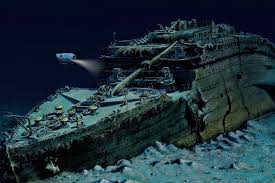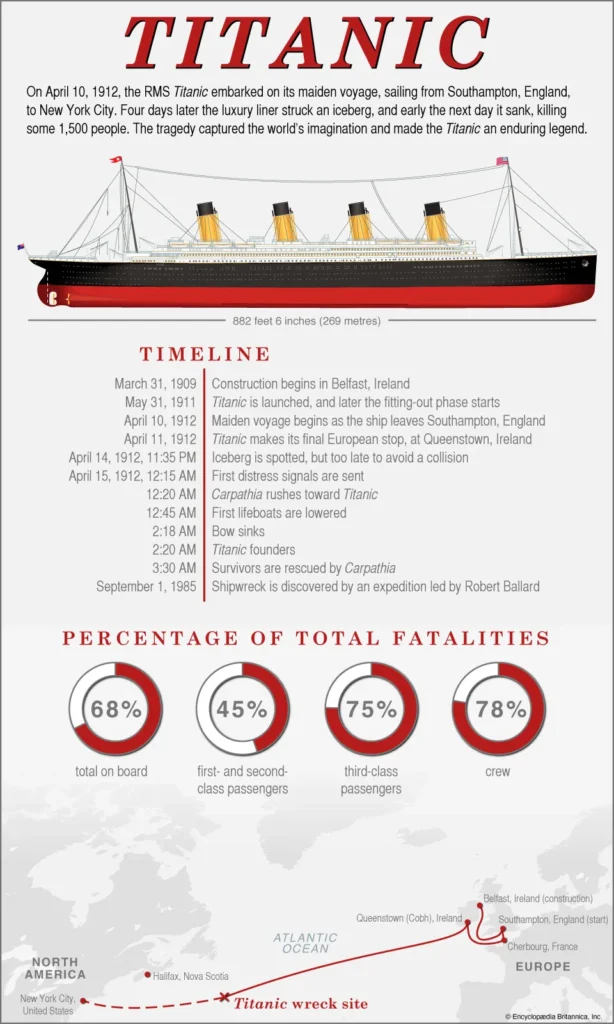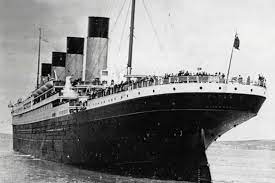The tragic sinking of the RMS Titanic in 1912 captured the world’s attention, and for decades, the exact location of the ship’s final resting place remained a mystery. It wasn’t until 1985, when a team led by Dr. Robert Ballard embarked on a groundbreaking expedition, that the Titanic’s watery grave was finally discovered. The Real Story Behind the Discovery of Titanic’s Watery Grave

Exploration Technology in the Search for the Titanic
Dr. Robert Ballard, an esteemed oceanographer, and marine geologist, had long been fascinated by the Titanic and had made it his mission to find the legendary ship. In the early 1980s, Ballard approached the United States Navy with a proposal to use their advanced deep-sea exploration technology in the search for the Titanic. The Navy saw an opportunity to test and showcase its cutting-edge equipment and agreed to support Ballard’s expedition.
Funding for the ambitious undertaking also came from the Woods Hole Oceanographic Institution (WHOI) and the National Geographic Society. With the necessary financial backing and access to state-of-the-art technology, Ballard and his team set out on the search for the Titanic.
The exploration vessel chosen for the expedition was the RV Knorr, a research vessel equipped with sonar capabilities that allowed for detailed mapping of the ocean floor. Ballard and his team meticulously planned the search area based on historical records, survivor accounts, and the ship’s last known distress signals.

Traditional Search Patterns
To locate the Titanic’s wreckage, Ballard devised a unique strategy. Instead of using traditional search patterns, he hypothesized that the ship’s debris field would provide clues to its location. He believed that as the Titanic sank, it would have left a trail of debris scattered across the seabed. By following this trail, he hoped to find the wreck.
The deep-sea exploration technology used during the expedition was groundbreaking for its time. Ballard utilized a remotely operated vehicle (ROV) named Jason Jr., which was equipped with cameras and lights capable of capturing high-resolution images in the dark depths of the ocean.
In early September 1985, after weeks of scanning the ocean floor with sonar, Ballard’s team finally spotted promising indications of the Titanic’s debris field. They sent the ROV Jason Jr. down into the depths, and what they discovered was a profound and emotional moment.
Capture First Image
The first image captured by the ROV revealed the haunting sight of the Titanic’s wreckage, lying approximately 12,500 feet beneath the surface of the North Atlantic. The ship, which had once been a marvel of engineering, now rested in a shattered state. Its bow section had plowed deep into the seabed, while the stern had separated and lay a short distance away.
The discovery of the Titanic’s watery grave brought the tragic events of that fateful night in April 1912 back to life, reminding everyone of the human cost of the disaster.
The rusted hulk of the ship, covered in marine growth, bore witness to the ravages of the deep-sea environment. The remnants of the grand staircase, once an elegant feature of the ship’s interior, now lay twisted and broken.

Discovery of the Titanic’s Wreckage
The discovery of the Titanic’s wreckage opened up a new chapter in the ship’s story. It provided historians and researchers with valuable insights into the ship’s final moments and the conditions in which it sank. It also ignited renewed interest in the Titanic’s history and prompted further exploration and scientific study of the wreck.
Over the years, subsequent expeditions have continued to document and study the Titanic’s remains. These missions have yielded important scientific data and helped create 3D maps of the wreckage site. They have also played a crucial role in the preservation of the site, ensuring that future generations can learn from and appreciate the legacy of the Titanic.

In Conclusion
The discovery of the Titanic’s watery grave was a remarkable achievement that involved the dedication and collaboration of numerous individuals and organizations. Through the use of advanced technology, meticulous planning, and a new search strategy, Dr. Robert Ballard and his team succeeded in locating the long-lost ship. The images captured during the expedition served as a poignant reminder of the Titanic’s tragic fate and provided invaluable insights into one of the most iconic maritime disasters in history. The Real Story Behind the Discovery of Titanic’s Watery Grave Todayaims.com

